High-tech mariculture: unlocking potential, overcoming challenges

Industrial-scale marine farming in Khanh Hoa Province. Photo: Kim So.
(VAN) Khanh Hoa Province is rapidly transitioning to high-tech marine aquaculture to adapt to climate change and enhance the value and output of its seafood.
Immense potential, powerful momentum
Khanh Hoa is one of the localities nationwide with the most advantages for developing industrial and modern marine aquaculture. The province boasts a coastline of nearly 500 kilometers with over 200 large and small islands, numerous sheltered lagoons and bays, and deep-water ports, all highly favorable for developing fisheries, including marine farming.
Aquaculture in Khanh Hoa consistently plays a vital role, creating jobs and improving the livelihoods of coastal residents. The province's annual farmed seafood output exceeds 32,000 tons, with marine aquaculture accounting for approximately 50%. This significantly contributes to the province's seafood export turnover, which reached 845.9 million USD in 2024.
Khanh Hoa is also a major center for marine science training and research. It is home to reputable institutions such as Nha Trang University, the Nha Trang Institute of Oceanography, and the Research Institute for Aquaculture III. This provides a solid foundation for research, technology transfer, and the proactive production of new aquatic breeds and the refinement of advanced farming procedures. The province is a large seafood breeding production area in the Central region, supplying high-value specialty species, such as black tiger shrimp, white-leg shrimp, lobster, mud snail, and marine fish, to the entire country.
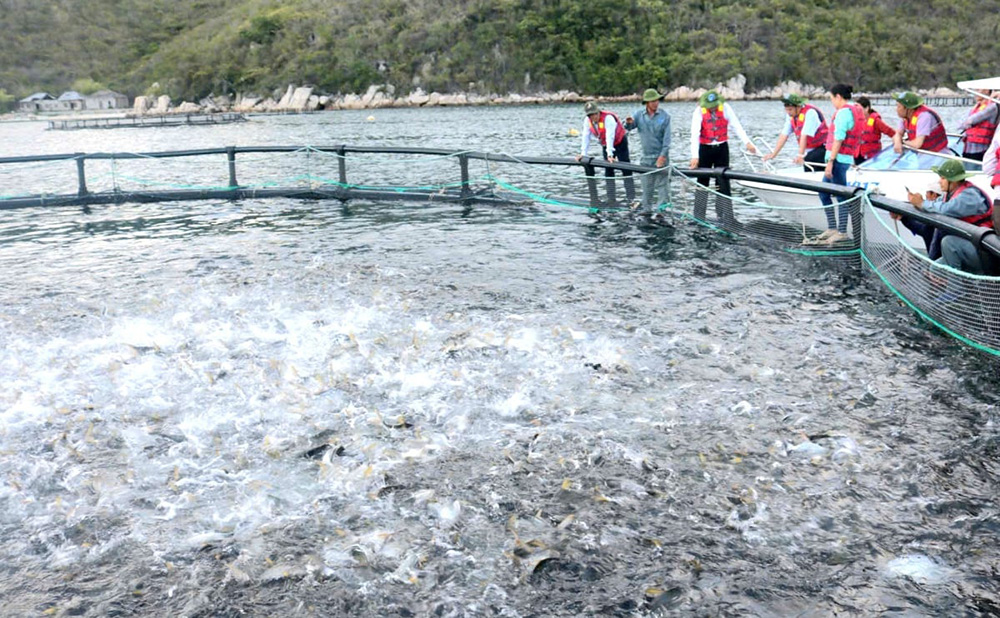
Khanh Hoa is a province full of potential for marine farming. Photo: Kim So.
Crucially, the Prime Minister approved the pilot project for the development of high-tech marine aquaculture in Khanh Hoa via Decision No. 231/QD-TTg, dated January 24, 2025. This decision marks a historic milestone, creating strong momentum for the province to establish modern, concentrated industrial farming areas, thereby transforming marine aquaculture into a large-scale commercial production sector.
Technological breakthroughs to adapt to climate change
Marine aquaculture in Khanh Hoa also faces significant challenges, especially in the context of climate change. Extreme weather events are becoming more frequent and intense, directly impacting marine farming operations. Further challenges stem from the environment and traditional production practices. Fishermen predominantly rely on small-scale, traditional methods, with most cages made of bamboo and wood, which are unable to withstand strong waves and winds. The rapid increase of traditional cages in sheltered lagoons and bays has also degraded water quality, increased the risk of disease, and caused environmental pollution.
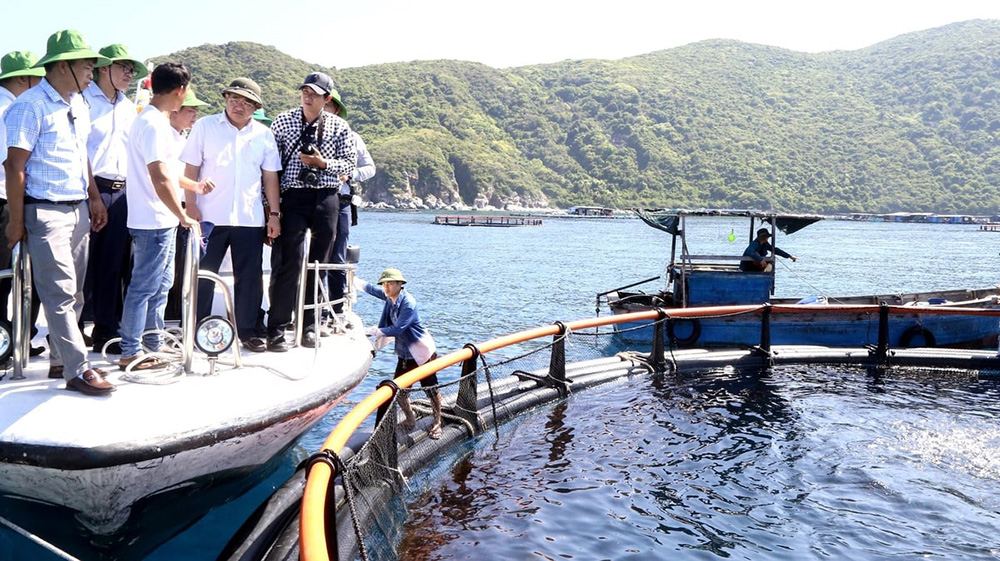
Khanh Hoa provincial leaders visit a high-tech marine aquaculture model. Photo: Kim So.
Mr. Vu Khac Muoi, a marine fish farmer in Dam Bay (Nha Trang), previously operated 60 traditional wooden cages near Tri Nguyen Island but this method became outdated and inefficient. Mr. Muoi stated that prolonged use of wooden cages leads to damage, generating floating wood debris and styrofoam, which pollutes the marine environment. Furthermore, excess feed and fish waste accumulate, degrading water quality and causing diseases.
To address this, Khanh Hoa Province is gradually finalizing policy mechanisms to transition traditional cages to new, environment-friendly, and storm-resistant materials (HDPE, FRP). This represents a key adaptive technological breakthrough.
In recent years, many enterprises and households in Khanh Hoa have adopted high-tech marine aquaculture. Farmers use HDPE and FRP cages and install automated environmental monitoring devices with sensor technology, automatic feeders, and camera surveillance systems inside the cages. This has helped reduce costs, mitigate the risks posed by natural disasters, and control disease.
Pilot models for offshore marine farming in Khanh Hoa have yielded clear results. The marine fish farming model using HDPE cages in Cam Ranh Bay generated higher profits compared to traditional wooden cages. The average profit margin reached 172% for cobia, 112% for lobster, and 131.4% for grouper when using HDPE cages. The use of industrial feed in HDPE cages has reduced environmental pollution and lessened the pressure on natural exploitation.

The saltwater fish farming model using HDPE cages in Cam Ranh Bay yields superior economic efficiency. Photo: Kim So.
HDPE cages are resistant to harsh marine environmental factors like large waves and strong currents, do not corrode in saltwater, do not rust, and have a long lifespan. HDPE is an inert material that does not release toxic substances into the water, thereby contributing to the protection of the marine environment and producing safer seafood for consumers.
Finalizing policies to encourage marine farming
Developing high-tech marine aquaculture is an inevitable direction and a long-term strategic solution to adapt to climate change and tackle the issue of illegal, unreported, and unregulated (IUU) fishing.
According to the Khanh Hoa Department of Agriculture and Environment, the province is focusing on developing and finalizing support policies to encourage marine farming. These include workers' accident insurance and subsidies for transitioning traditional cages to new materials. The province has adopted a public investment plan to build concentrated marine aquaculture infrastructure, with an expected total investment of 500 billion VND over the 2026–2030 period.
The plan will focus on establishing boundary markers, shore stations to provide technical services, electricity, water, and offshore internet, facilitating industrial offshore farming operations. Competent authorities will also issue criteria and standards for high-tech marine farming cages, while promoting the allocation of sea areas for modern, industrial aquaculture.
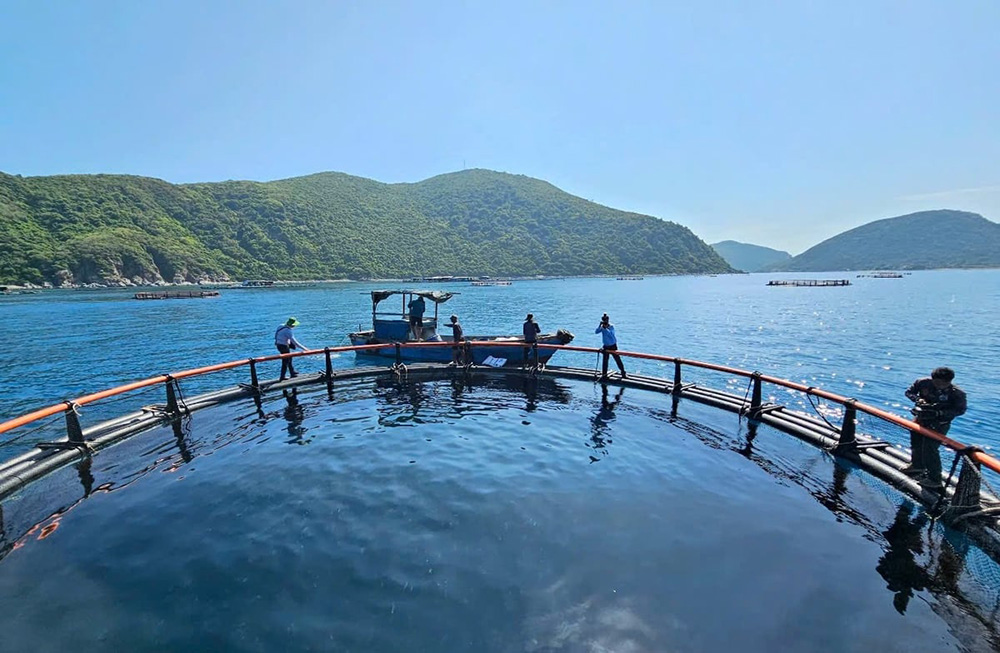
Khanh Hoa Province is replicating the high-tech marine aquaculture model. Photo: Kim So.
In addition, the province continues to research, implement, and transfer new technical advances in farming, prioritizing models that use high-tech, HDPE cages and composite floating material technology. It will push the development of Artificial Intelligence (AI) applications to analyze data, predict the growth of marine fish, and monitor and adjust feed and stocking density, thereby optimizing farming procedures and improving product quality. Simultaneously, the province will strengthen the research and development of high-quality, disease-free breeds (artificial seeds) and the production of industrial feed for key farmed species to reduce dependence on natural exploitation and fresh feed, thus protecting the marine environment.
Khanh Hoa will enhance the linkage between production, processing, and consumption. High-tech marine farming models will be linked to traceability, quality certification (VietGAP, ASC, BAP), and contracts with consumer units to guarantee output. Focus will be placed on building a national brand for marine farmed products and expanding exports through new-generation free trade agreements. Concurrently, the province will intensify the training of highly skilled human resources in farming, environmental management, technology operation, and raising community awareness.
Author: Kim So
Translated by Linh Linh
Maybe you are interested
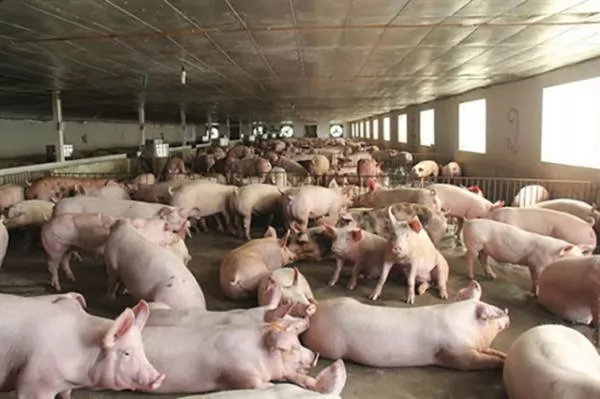
Pig re-herding and lunar July push hog prices down
HÀ NỘI — The efficient re-herding of local pigs, imported pork and decreased meat consumption in lunar July have pushed hog prices down, contributing to stabilising the consumer price index.
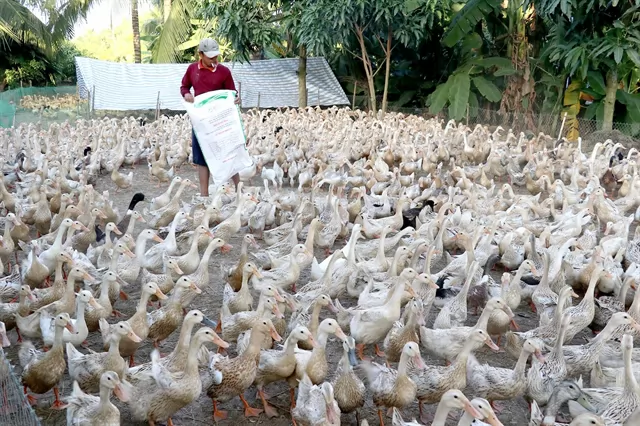
Đồng Tháp to develop duck breeding
The Cửu Long (Mekong) province of Đồng Tháp is seeking to develop large-scale duck breeding from now to 2025.
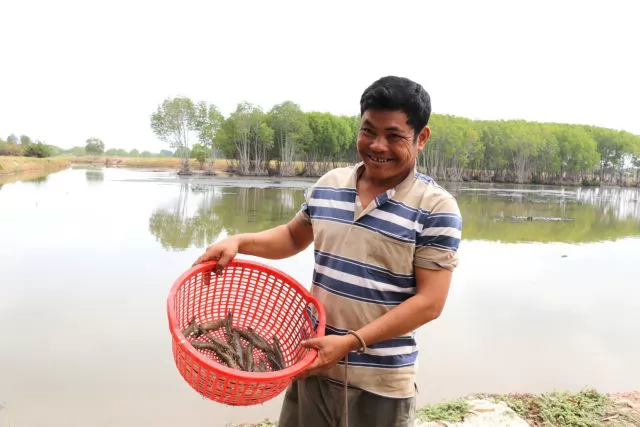
Trà Vinh farmers earn high profit from forest-aquaculture farming
Farmers in Trà Vinh Province have earned high profit from integrating the cultivation of mangrove forests and aquatic species this year.





